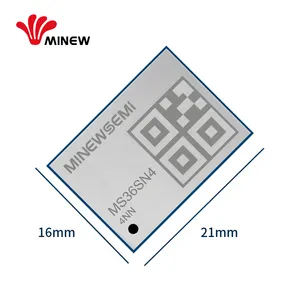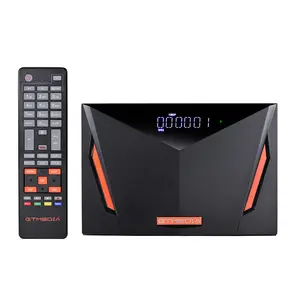Recent advancements in materials technology are pivotal in the evolution of satellite construction, particularly for dish-free systems. The integration of carbon fiber composites, advanced polymers, and ceramics has led to the development of more durable, efficient, and reliable satellite equipment. These materials contribute to the lightweight nature of modern satellites while maintaining strength comparable to traditional materials like steel.
The innovative use of composite materials, which blend substances like carbon fiber, Kevlar, and glass-fiber reinforced plastics, has resulted in satellites with a higher strength-to-weight ratio. This quality is crucial for dish-free satellite systems that require both robustness and agility in the demanding conditions of space.
Manufacturers are also adopting advanced manufacturing techniques such as 3D printing to produce satellite components more efficiently. This approach not only enhances the precision of the components but also reduces production costs, making the technology more accessible.
These materials and manufacturing strategies have a direct impact on the satellite industry, allowing for the creation of dish-free systems that are more compact, resistant to environmental hazards, and capable of longer operational lifespans. The shift towards such innovative materials and processes marks a significant step in the satellite sector, paving the way for more sophisticated and cost-effective dish-free satellite solutions.











































 浙公网安备 33010002000092号
浙公网安备 33010002000092号 浙B2-20120091-4
浙B2-20120091-4